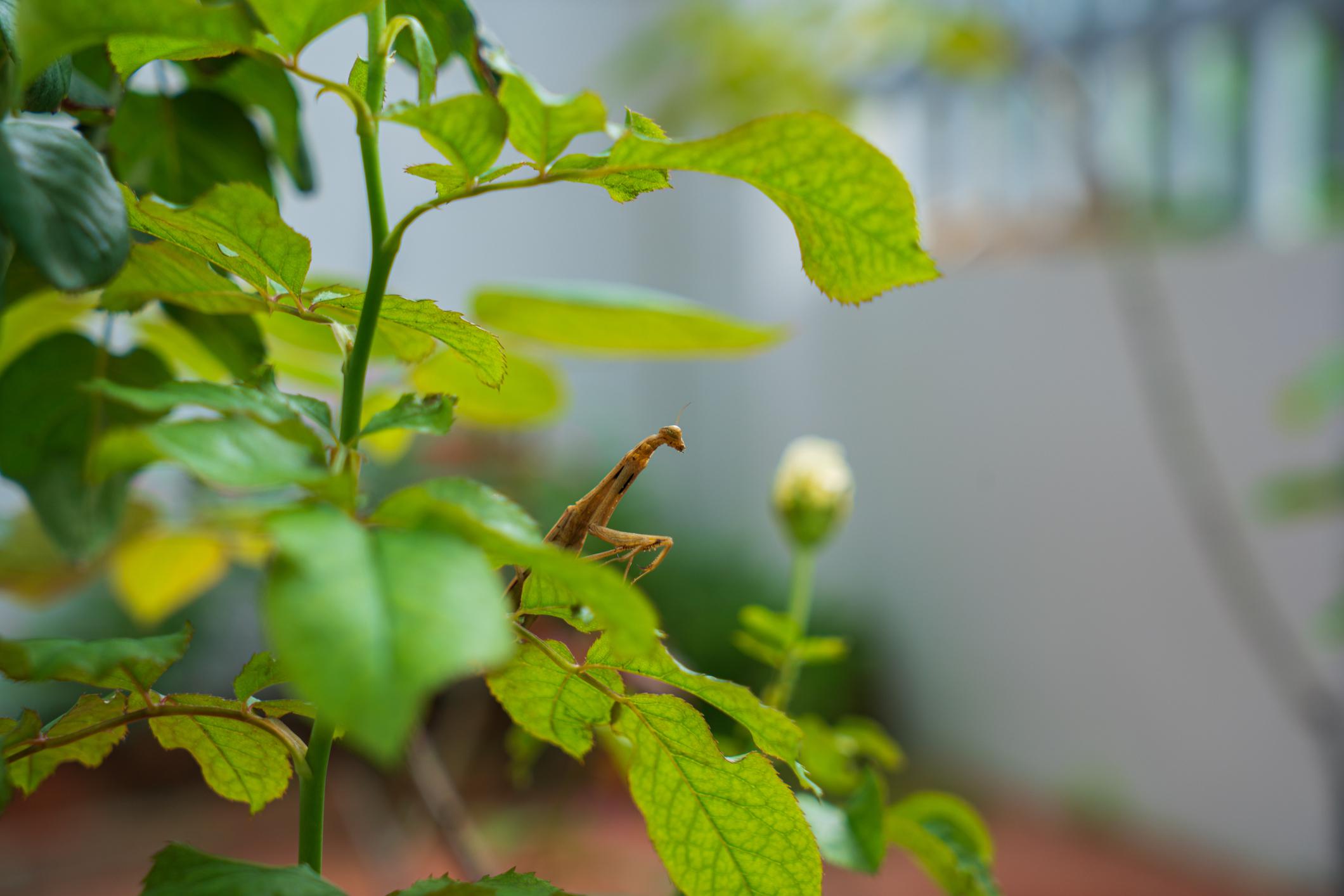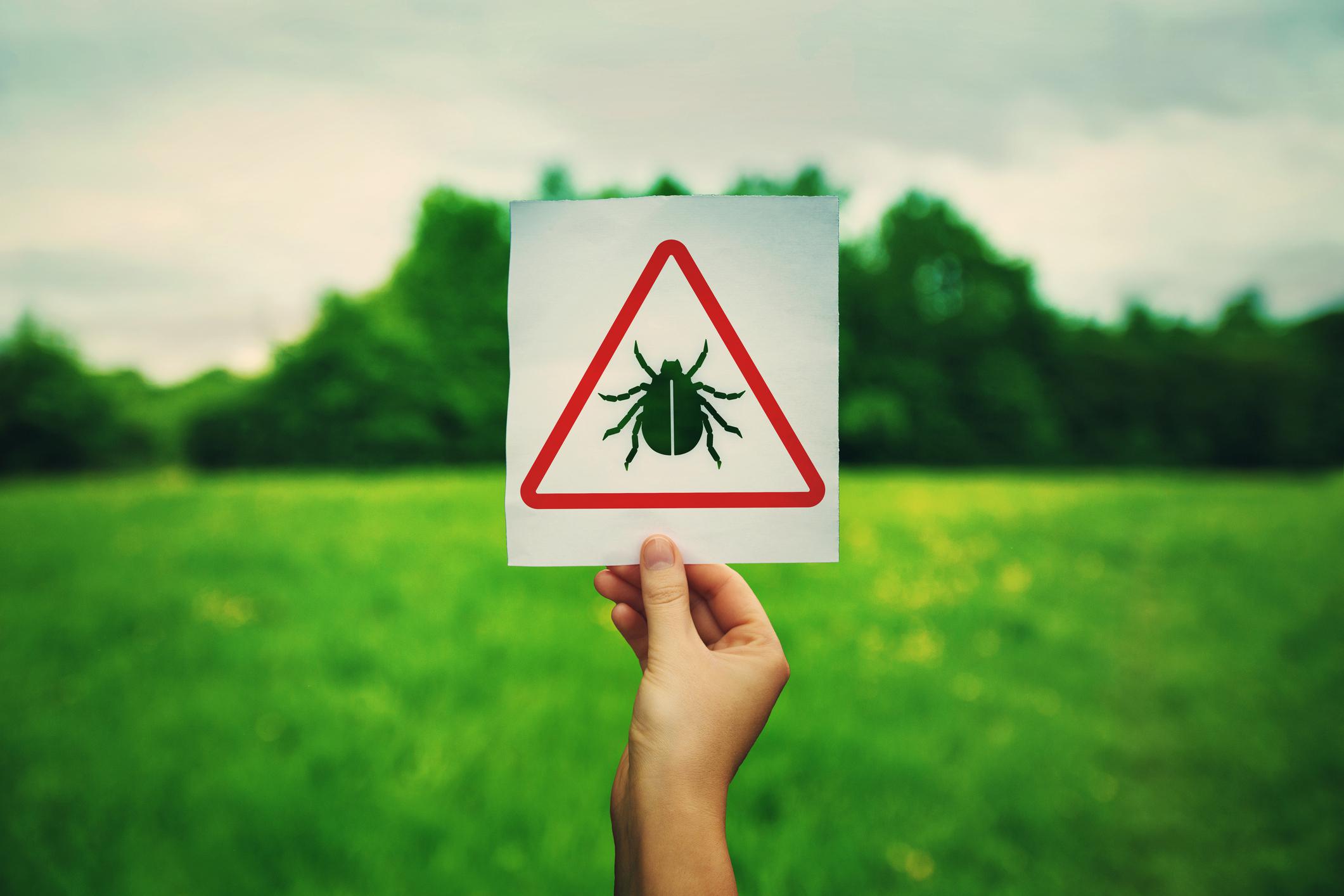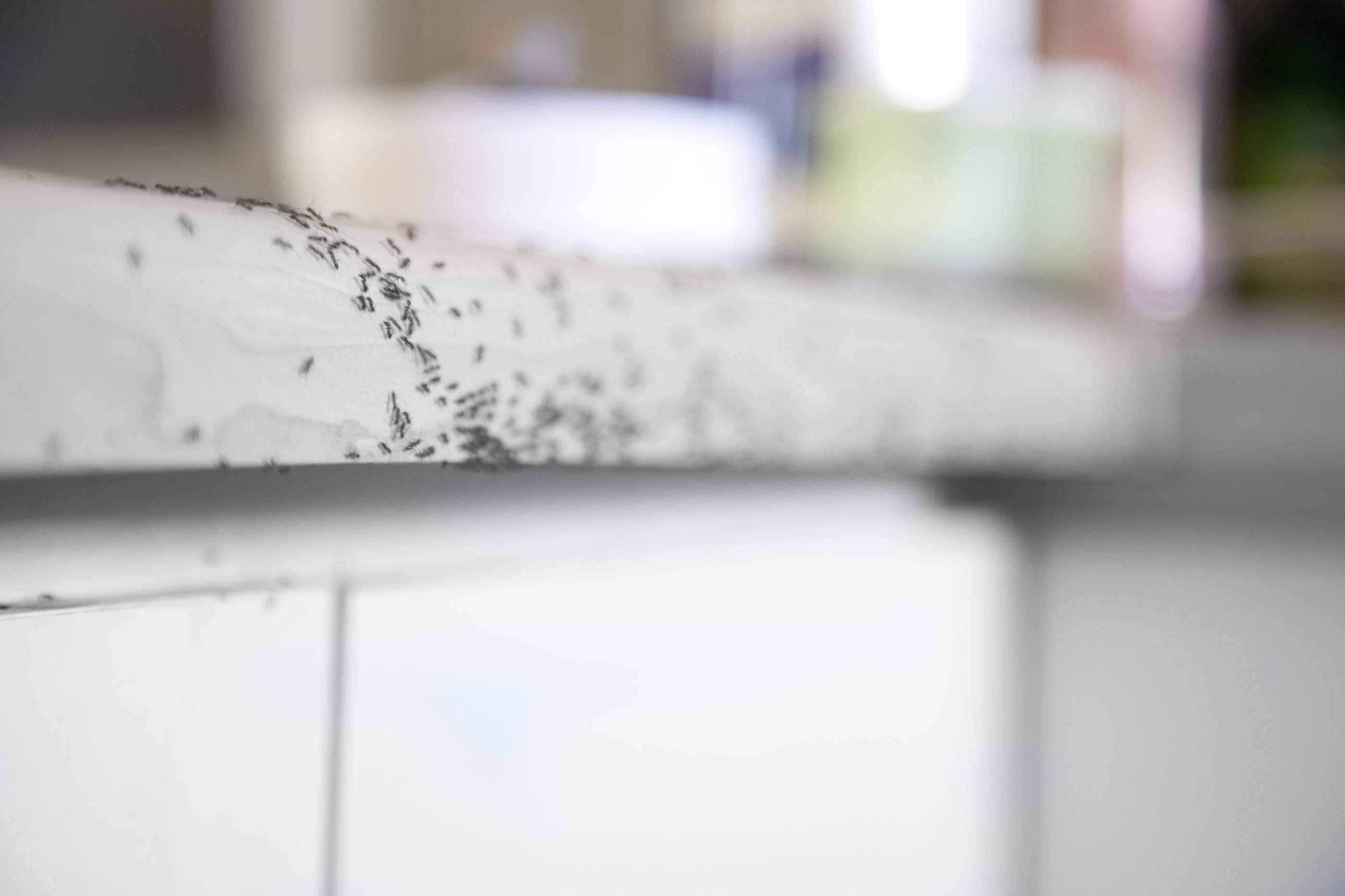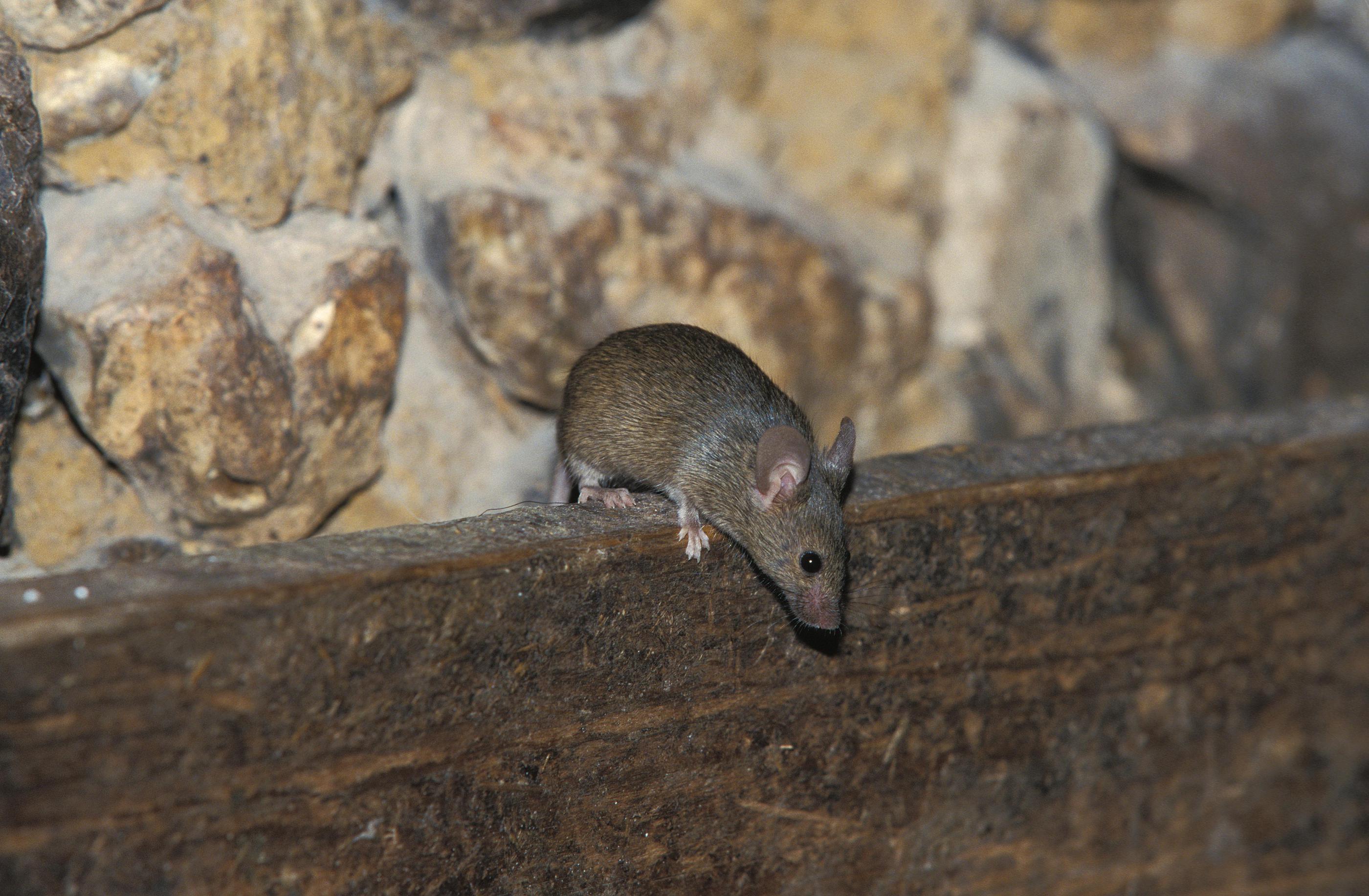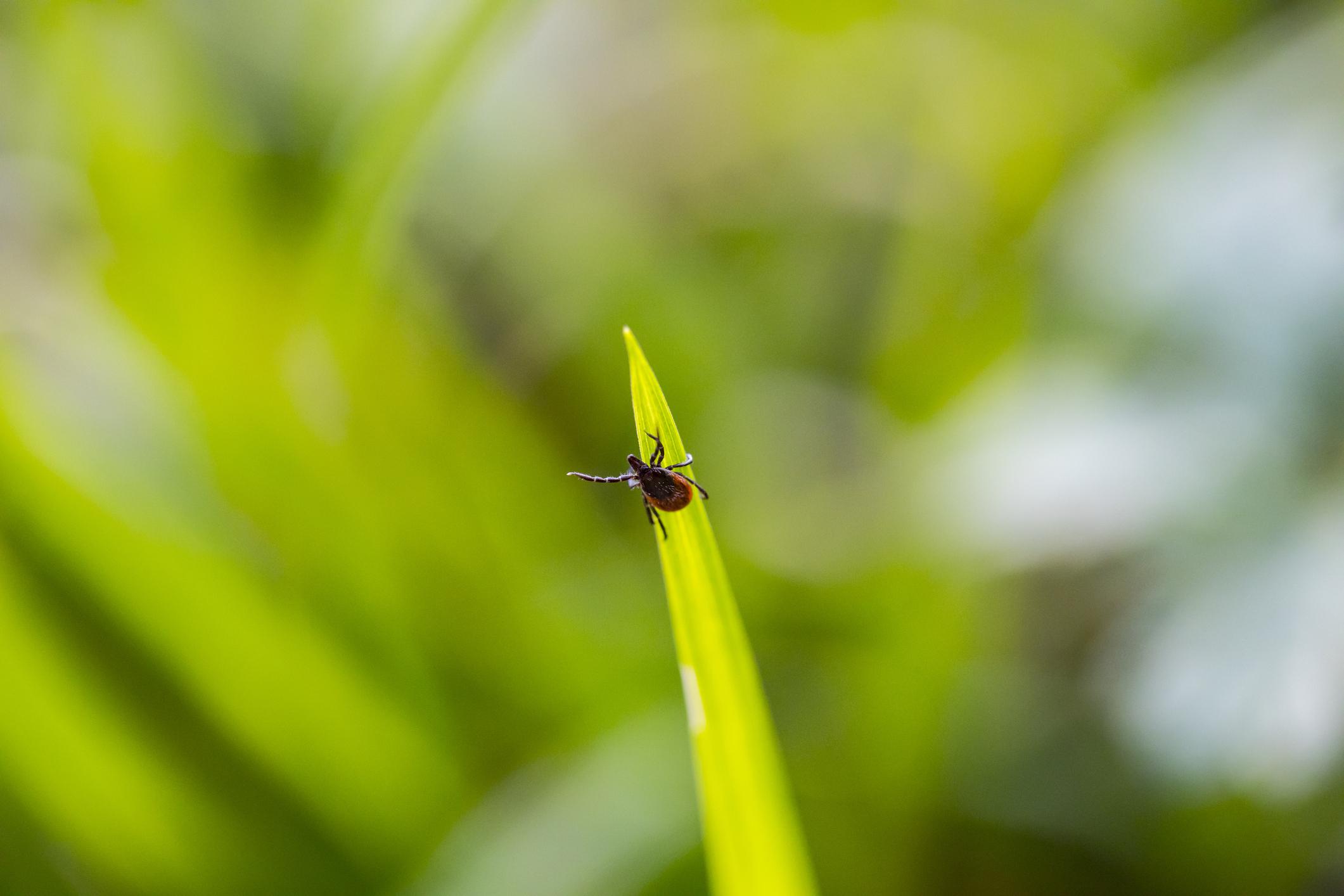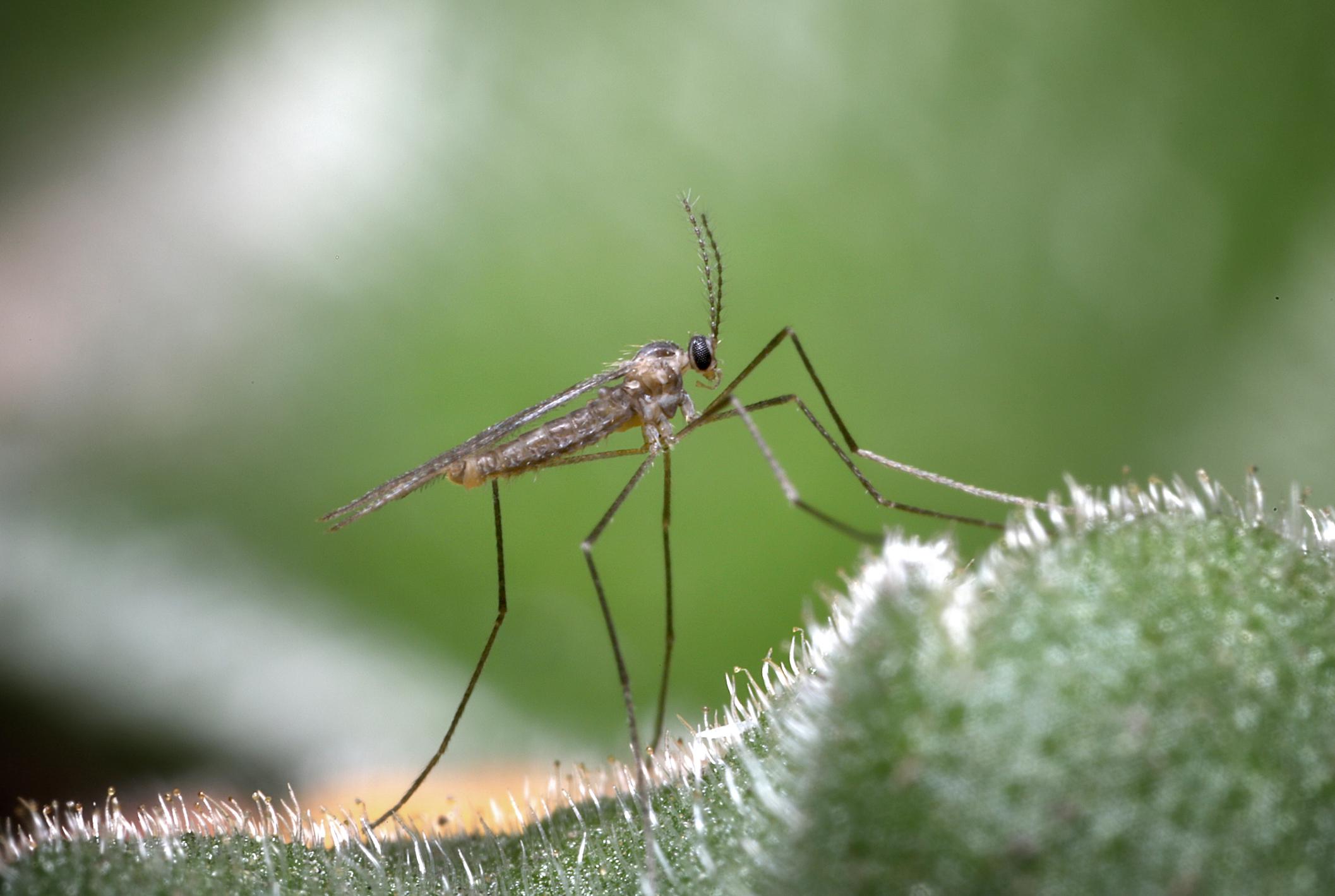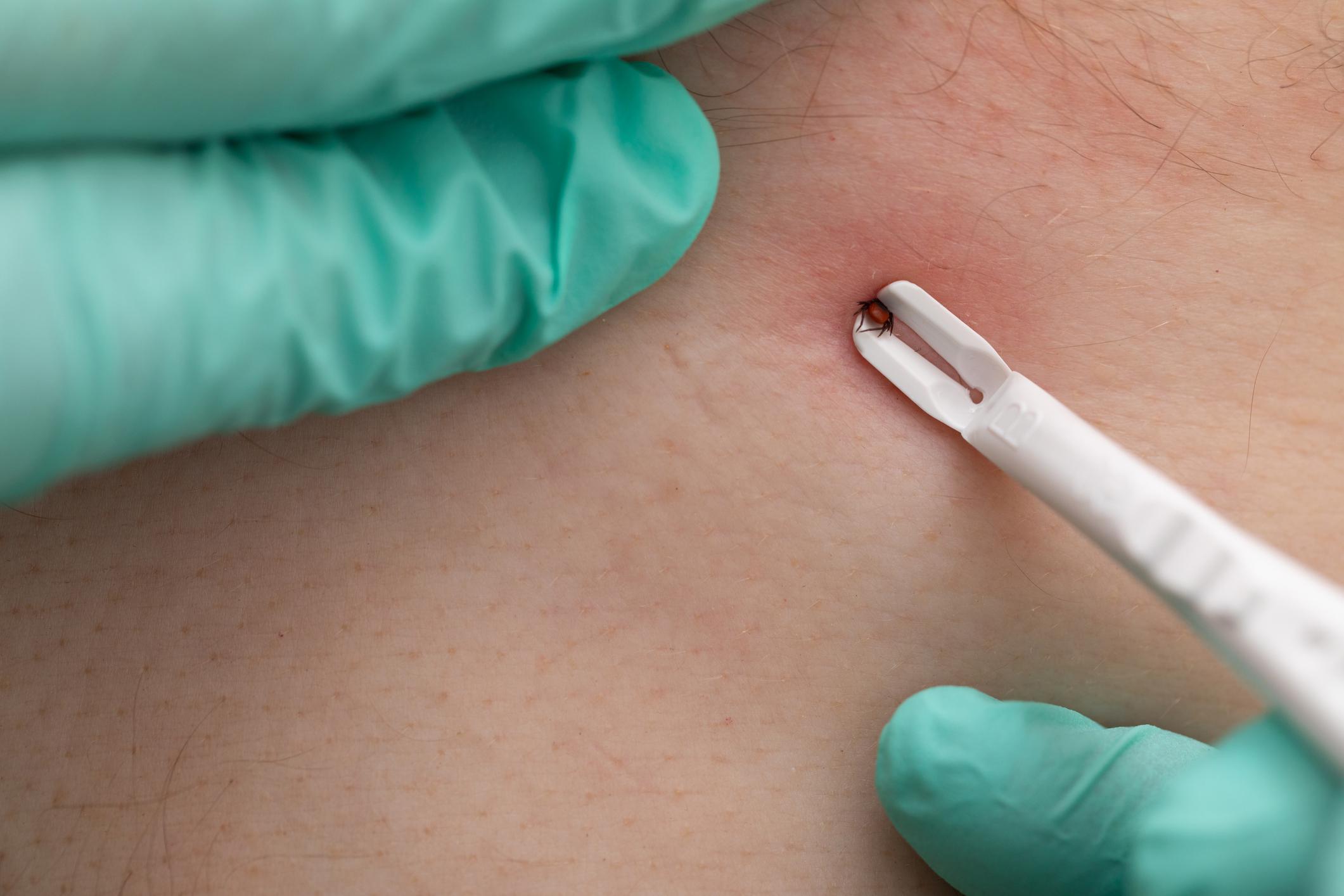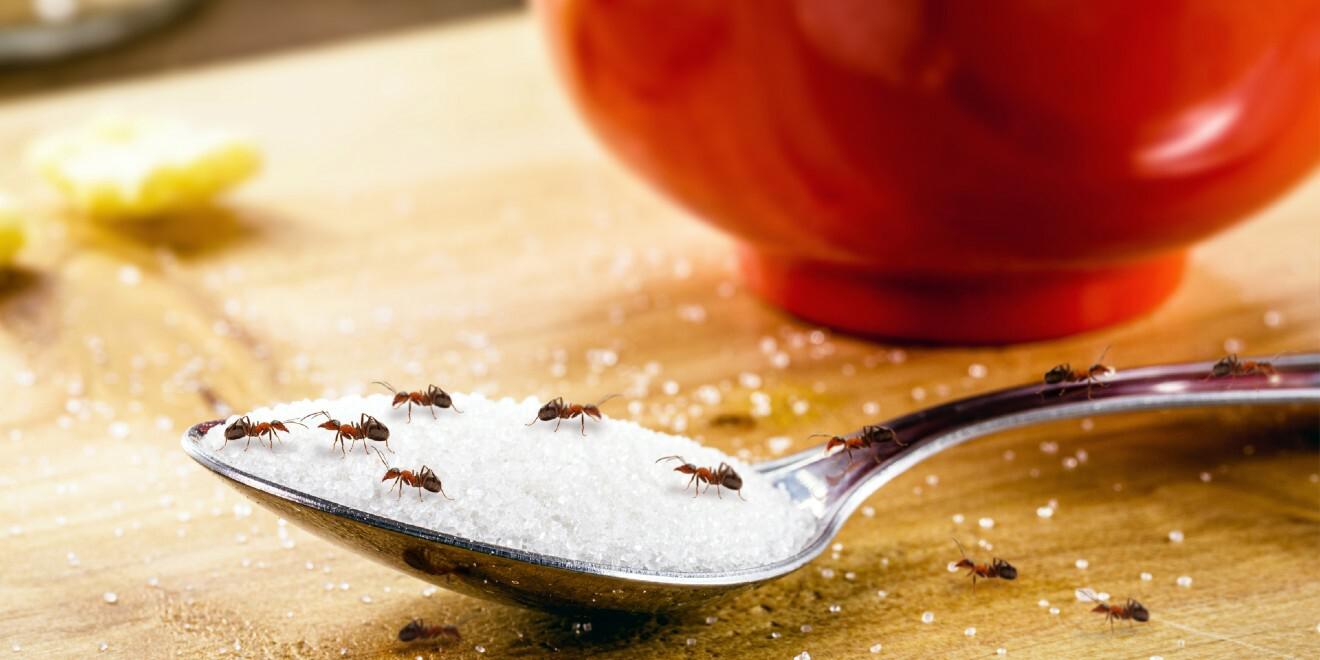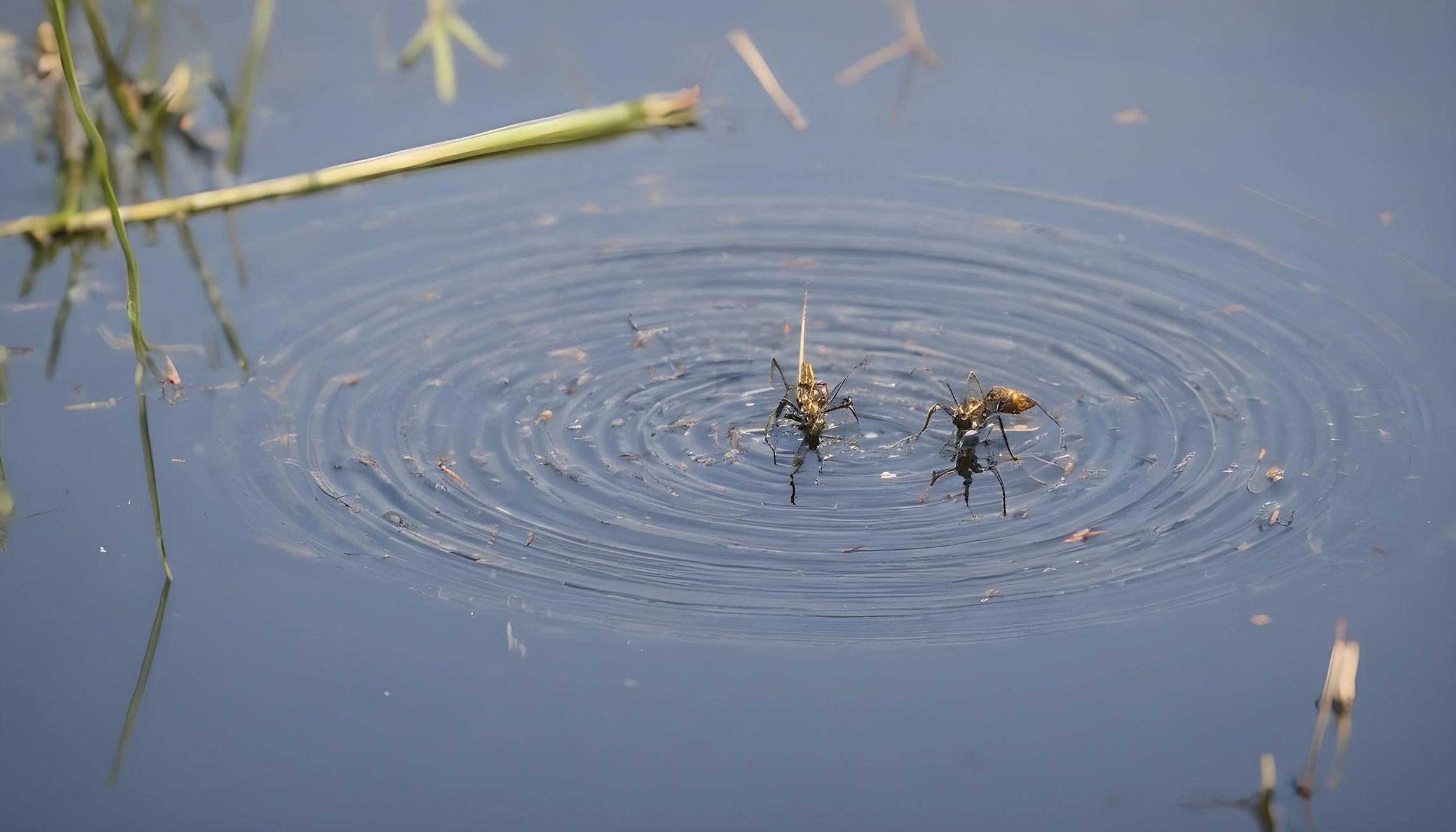How Understanding the Life Cycle of a Mosquito Can Help Control Them
Posted by Mosquito Squad
October 10, 2016
Much of the detailed scientific information we know about mosquitoes is interesting, or perhaps fun to learn about, but some of these facts are also extremely useful when controlling mosquito populations. Everything science tells us about the life cycle and lifespan of a mosquito can directly help us target and reduce mosquito populations in communities before they can spread deadly viruses like Zika, dengue, and malaria.
We use this information to our advantage in our mosquito control efforts at DC Mosquito Squad, and so can you. Here’s what you need to know about the life cycle and lifespan of a mosquito.
Mosquito Goes Through Four Stages in Its Life Cycle
Adult female mosquitoes lay eggs in or near water after obtaining a blood meal. The eggs can be laid individually or hundreds at once, and they float on the surface of the water or stay moist in damp areas that will eventually be flooded with water. Eggs can either hatch within a short period of 48 hours or endure freezing temperatures and dry conditions for long periods before eventually hatching. Either way, the eggs must be submerged in water to hatch. This can be caused by a rain event, flooding, or someone adding water to a pot or pond.
- Larva: When the eggs hatch, mosquito larvae emerge. At this stage, they are often referred to as “wrigglers.” Larvae live in the water they hatched in, but they need air to survive. Most have a siphon tube that allows them to breathe from under the surface of the water, but some lie parallels to the surface to take in the air directly. They feed on aquatic microorganisms while they molt – or shed their skins – several times, growing larger each time.
- Pupa: After molting, larvae become pupae. They are called “tumblers” because they respond to light changes and tumble to safer areas by flipping their tails. Pupae also live in the water, but they do not feed. This stage is similar to a butterfly’s metamorphosis because the pupae are developing into adult mosquitoes. Once the process is complete, which takes two days to a week, the newly formed adult mosquito breaks out of the pupal skin.
- Adult: Adult mosquitoes sit on the surface of the water for a short period to allow their body parts to dry and harden fully before they fly away. They cannot fly until their wings are spread out and dried. After a few days of flying around, adult mosquitoes are ready to feed and mate, which restarts the life cycle with a new round of eggs.
This entire process typically takes two weeks, but depending on surrounding temperatures and the characteristics of the species, it can take anywhere from four days to one month.
An adult mosquito’s lifespan is short, and it varies based on climate and time of year. Males typically live for just a week or two, while females can survive for about a month.
While you’re battling mosquitoes in your backyard, understanding this process will come in handy! It’s easier to get rid of mosquitoes before they mature into adults, so keep a close eye on any standing water or damp areas on your property. If you empty or eliminate standing water frequently, you should be able to avoid allowing eggs to hatch and progress through their life cycle.
If you have particularly stubborn mosquitoes and need a little extra help from the professionals, Contact DC Mosquito Squad today!

